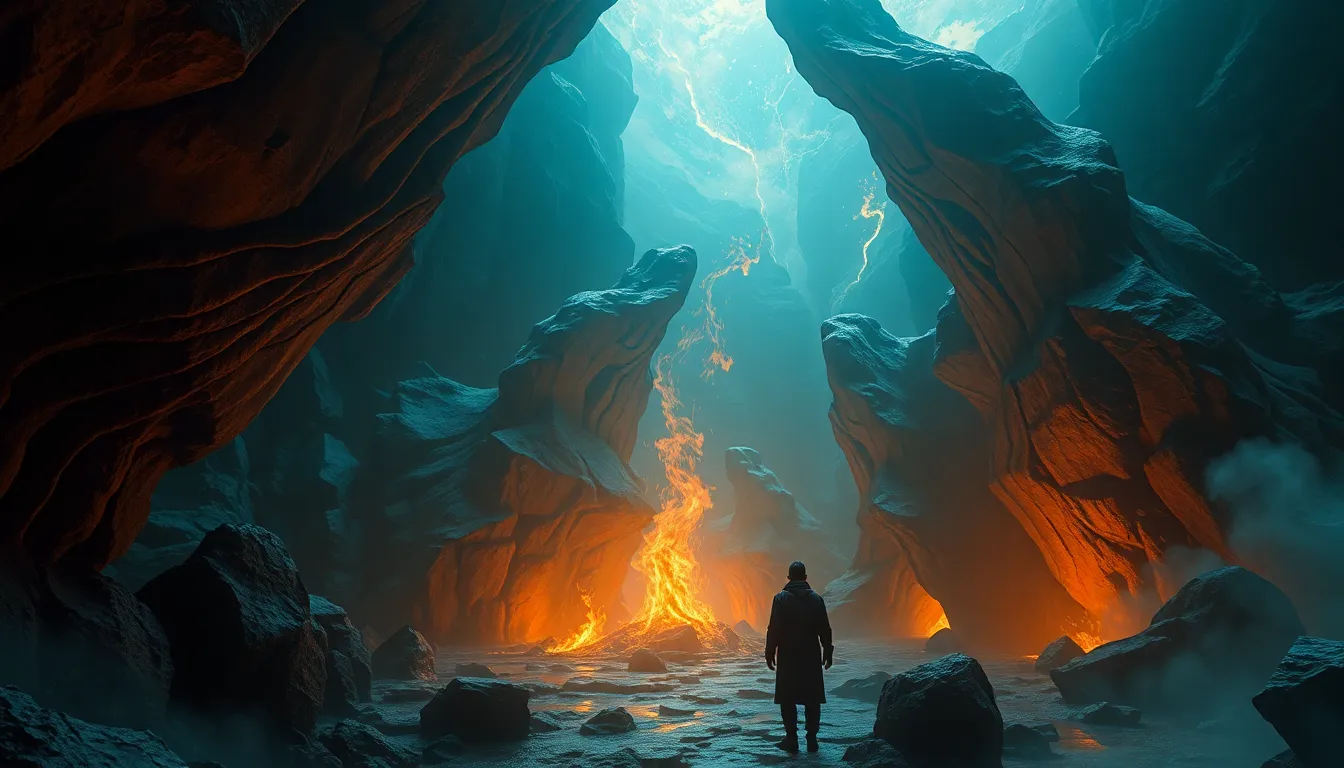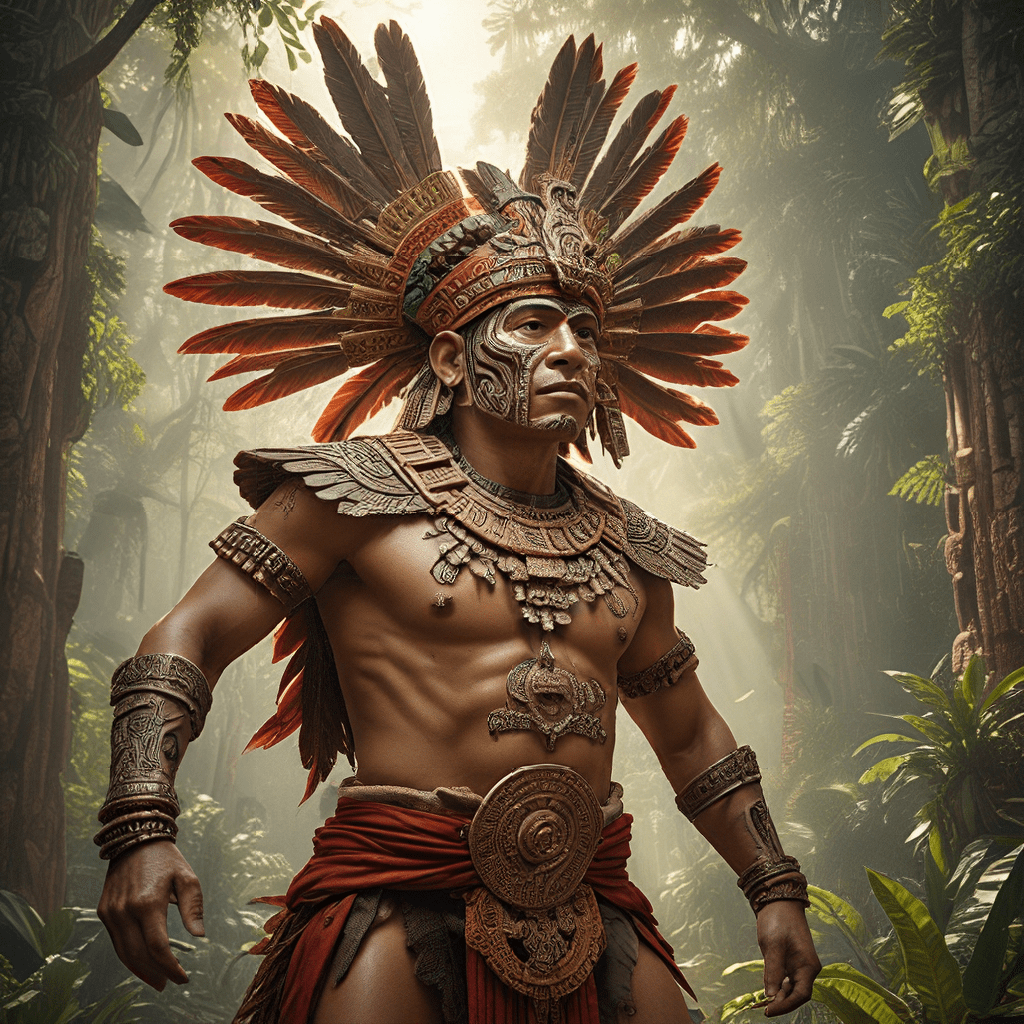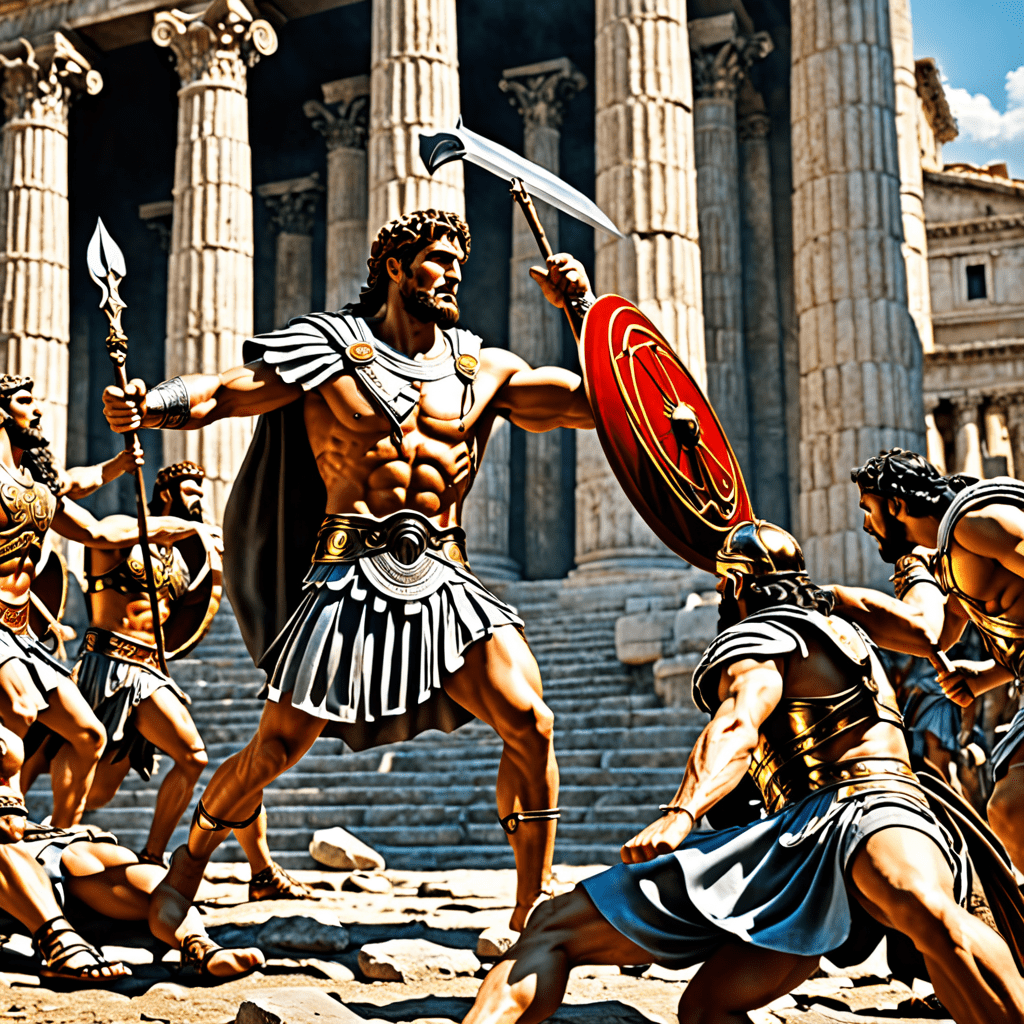The Underworld: Myths That Challenge Our Understanding of Existence
1. Introduction to the Concept of the Underworld
The concept of the underworld is a powerful and enduring motif across various cultures and epochs. It is often defined as a realm associated with the dead, a place of judgment, and a transition point between life and the afterlife. The significance of the underworld varies from culture to culture, embodying both fear and fascination.
In many traditions, the underworld serves as a reflection of human existence, confronting the inevitable reality of death and the mysteries that lie beyond. It challenges our understanding of what it means to live, die, and possibly transcend into another state of being.
2. Historical Perspectives on the Underworld
Ancient civilizations have crafted intricate narratives surrounding the underworld, often influenced by their beliefs, geographical contexts, and social structures. For example, in Mesopotamia, the afterlife was perceived as a dreary place, ruled by the goddess Ereshkigal. In contrast, ancient Egyptians envisioned a more optimistic afterlife, where the deceased would be judged by Osiris and could enter the Fields of Aaru if found worthy.
The evolution of underworld myths reflects changing societal values and understandings of existence. From early myths of desolation to more complex narratives involving judgment and reward, these stories have adapted over time to reflect humanity’s shifting perspectives on life and death.
3. The Role of the Underworld in Mythology
Key mythological figures such as Hades, Osiris, and Yama personify various aspects of the underworld. Hades, the Greek god of the underworld, represents the finality of death and the concept of fate. Osiris, the Egyptian god, embodies resurrection and eternal life, while Yama, in Hindu mythology, symbolizes the judgment of souls.
- Hades: The keeper of the dead, representing the inevitability of death.
- Osiris: A symbol of rebirth and the hope for an afterlife.
- Yama: The judge who determines the fate of souls based on their earthly actions.
These figures not only reflect human fears about mortality but also aspirations for understanding and mastering the cycle of life and death.
4. Cultural Variations of the Underworld
A comparative analysis of cultural beliefs reveals both unique features and common themes in underworld myths. In Greek mythology, the underworld is divided into several regions, including Elysium for the virtuous and Tartarus for the wicked. Norse mythology presents Hel, ruled by the goddess Hel, where those who did not die gloriously go.
In Hindu beliefs, the underworld (Naraka) serves as a temporary realm for souls to atone for their sins before rebirth. Indigenous traditions often view the underworld as a sacred place, connected to the earth and ancestral spirits.
- Greek: Elysium and Tartarus.
- Norse: Hel, a realm for the unheroic dead.
- Hindu: Naraka, a place of atonement.
- Indigenous: Sacred connection to ancestors.
Despite their differences, these myths share common themes of judgment, transformation, and the moral implications of human actions.
5. Philosophical Implications of Underworld Myths
Underworld narratives raise profound existential questions regarding morality, justice, and the afterlife. They challenge individuals to consider what it means to live a good life and the consequences of one’s actions. These stories often serve as cautionary tales, emphasizing the importance of virtue and the potential for redemption.
Furthermore, the portrayal of the underworld can reflect societal beliefs about justice, with many myths illustrating a moral order where actions in life have repercussions in the afterlife.
6. The Underworld as a Symbol of Transformation
Many myths involving the underworld illustrate themes of personal and spiritual growth through descent. The journey to the underworld often symbolizes a rite of passage, leading to enlightenment or transformation. This motif is prevalent in stories such as Inanna’s descent to the underworld, where she faces trials that ultimately lead to her rebirth.
The concept of rebirth and renewal is central to many underworld myths, suggesting that death is not an end but a transformation into a new state of being.
7. Modern Interpretations of Underworld Myths
In contemporary society, underworld myths continue to resonate through literature, film, and art. Modern interpretations often recontextualize these ancient stories, exploring themes of existentialism, identity, and societal issues.
Examples include:
- Films like “The Matrix,” which examine the nature of reality and existence.
- Books such as “The Lovely Bones,” which explore the afterlife from a personal perspective.
- Video games like “God of War,” which incorporate mythological underworld elements into their narratives.
8. Psychological Insights: The Underworld and the Human Psyche
Psychologically, the underworld can be viewed through Carl Jung’s concept of archetypes and the collective unconscious. The underworld serves as a metaphor for the darker aspects of the human psyche, representing fears, desires, and the unknown.
Engaging with underworld myths can have therapeutic value, allowing individuals to confront their fears of death and the unknown, facilitating personal growth and understanding.
9. The Underworld in Popular Culture: Myths Reimagined
Modern media often reinterprets traditional myths, presenting them in new contexts that resonate with contemporary audiences. This reimagining of the underworld can be seen in various popular culture phenomena:
- Animation films like “Coco,” which celebrate ancestral connections and the afterlife.
- Literary works such as “American Gods,” which blend mythology with contemporary themes.
- Video games that incorporate mythological underworlds as central gameplay elements, such as “Hades.”
10. Conclusion: The Underworld as a Mirror of Existence
The myths of the underworld offer rich insights into the human condition, challenging our understanding of life, death, and everything in between. They serve as a mirror, reflecting our deepest fears and aspirations regarding existence. As we engage with these narratives, we are reminded of the complexities of the human experience and the eternal questions that accompany it.
Ultimately, the underworld, with its myriad interpretations and representations, continues to influence our thoughts on morality, transformation, and the nature of existence itself.




